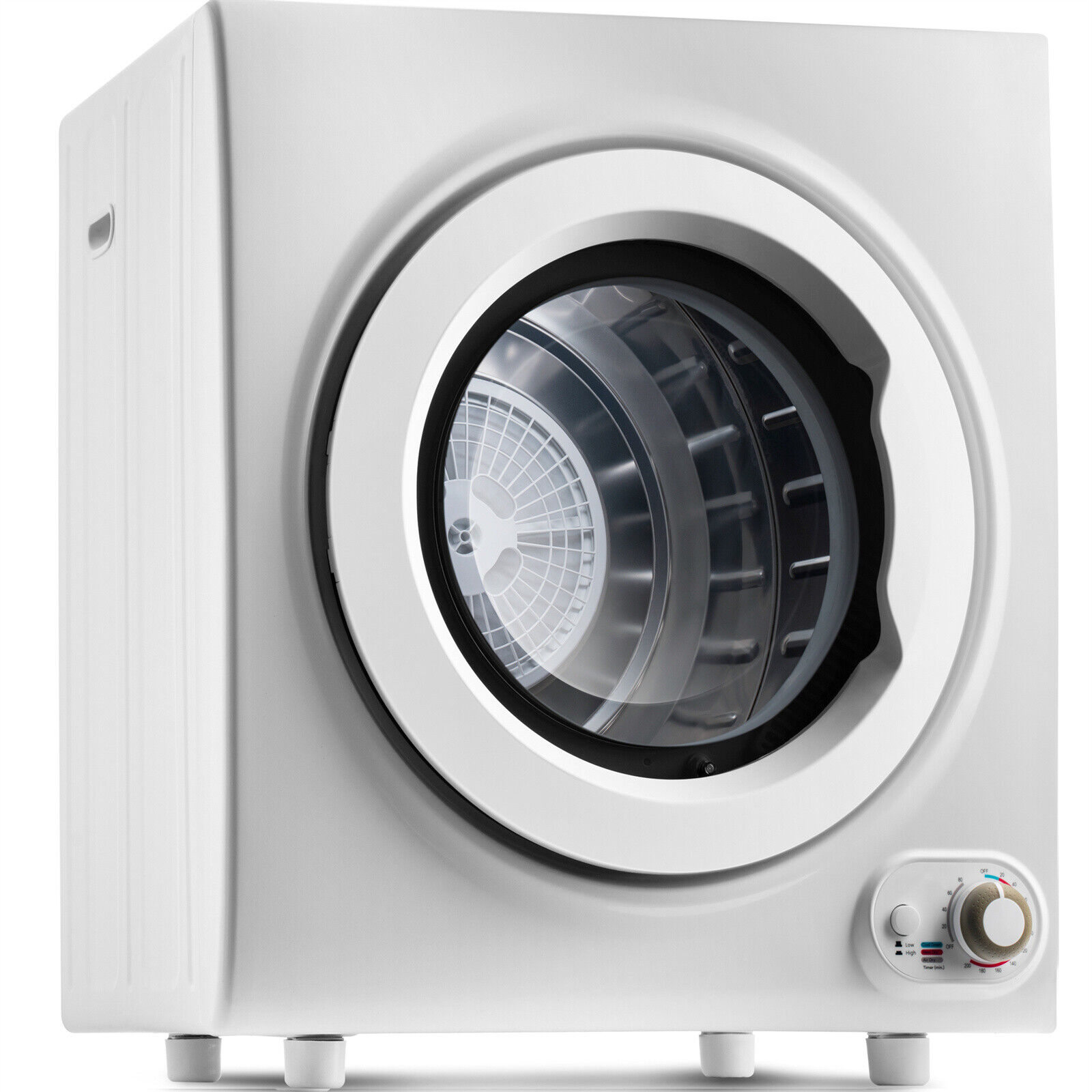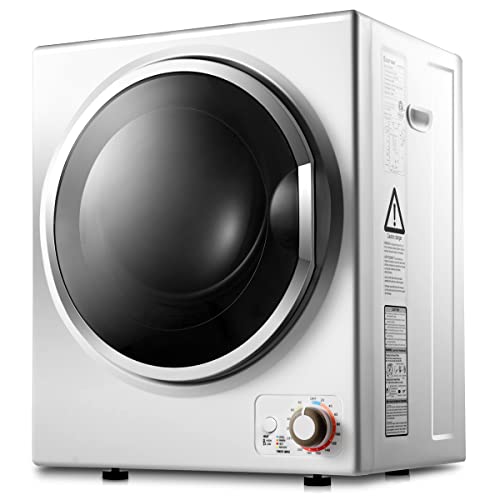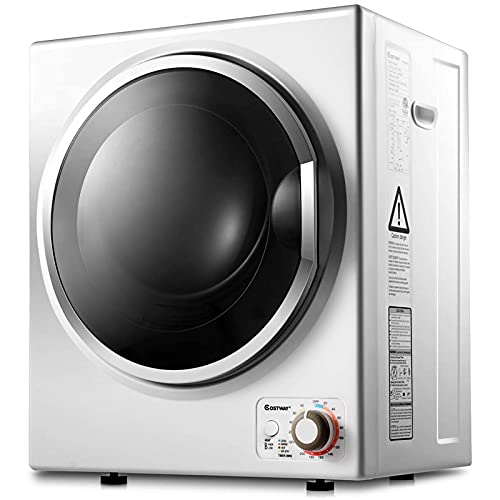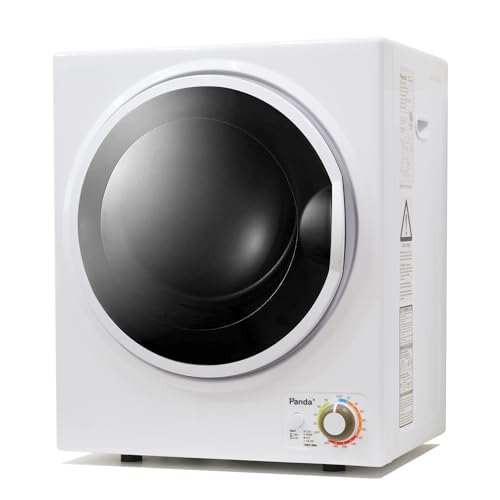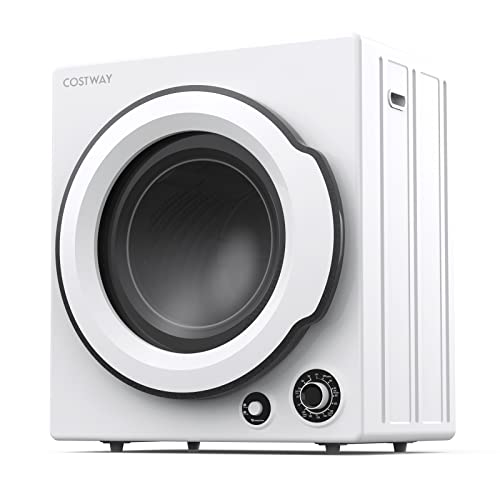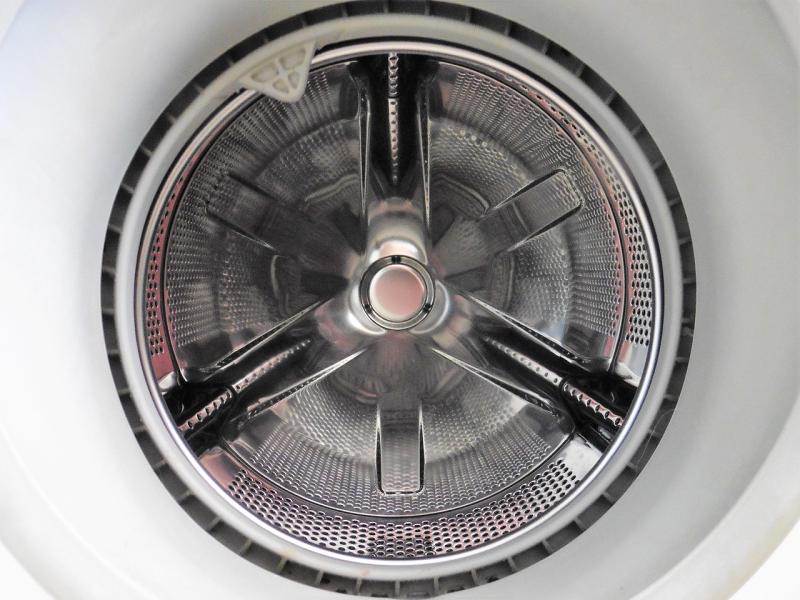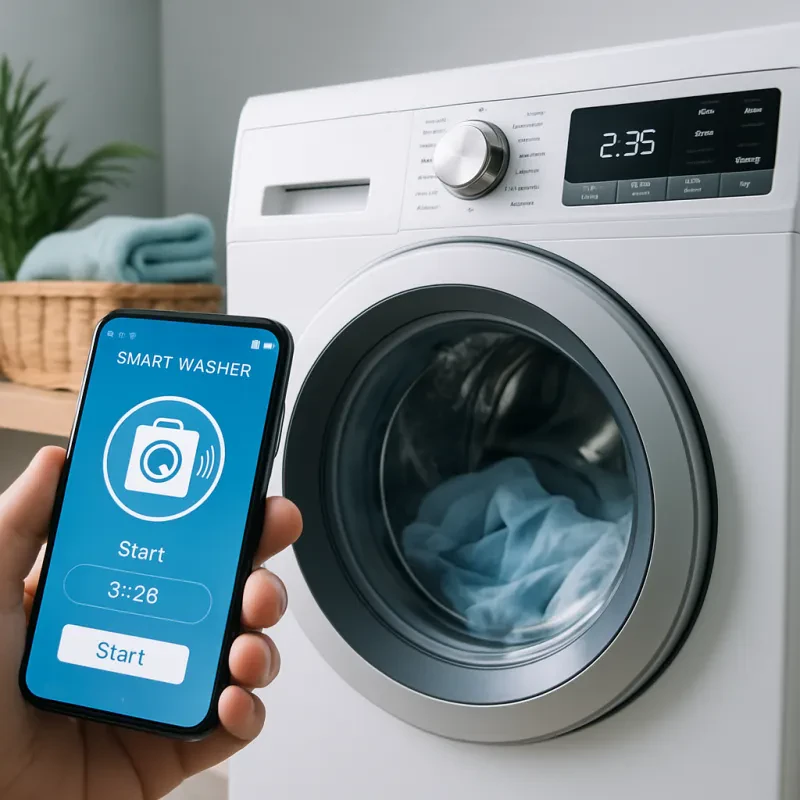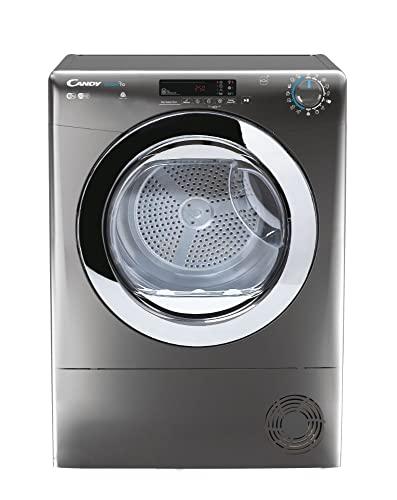Understanding the Basics: Vent vs. Condenser Tumble Dryers
When it comes to choosing a tumble dryer, one of the most important decisions you'll have to make is whether to opt for a vented or a condenser model. Here's a rundown of what each type entails, and how they differ from one another:
Vented Tumble Dryers:
A vented tumble dryer works by expelling hot, damp air through a hose and out of a window or wall vent. This allows the dryer to remove moisture from clothes and linens quickly and efficiently, resulting in shorter drying times. Vented dryers are usually the most affordable option, and are best suited for households with larger laundry rooms or outdoor spaces where the vent can be easily fitted.
However, vented tumble dryers do have some downsides. They require a dedicated venting route, and must be installed close to an external wall or window. This can be difficult for people living in apartments or houses without outdoor spaces. Vented dryers can also tend to be noisier than condenser models, since the exhaust fan must work harder to expel hot air.
Condenser Tumble Dryers:
A condenser tumble dryer, on the other hand, doesn't require external venting. Instead, it uses a heat exchanger to remove moisture from clothes and turn it into water, which is collected in a tray or tank. This makes condenser dryers ideal for households without easy access to a venting route, or for those who live in colder or wetter climates.
However, condenser tumble dryers tend to be more expensive to buy than vented models, and may also require more maintenance. The heat exchanger can become clogged with lint over time, reducing efficiency, and the tank or tray must be emptied regularly to prevent overflow. Additionally, condenser dryers take longer to dry clothes than their vented counterparts, and may require more energy to do so.
Ultimately, the choice between a vented or condenser tumble dryer will depend on your individual needs and circumstances. Consider the size of your laundry room, the availability of outdoor space and venting routes, and your budget when making your decision. Whichever option you choose, remember to follow the manufacturer's instructions for optimal performance and longevity.
Exploring the Features: Gas vs. Electric Tumble Dryers
When it comes to tumble dryers, consumers have two main options to choose from: gas or electric. While both types of tumble dryers offer the same basic functionality, there are some key differences in their features and operation that are worth considering.
Gas Tumble Dryers
Gas tumble dryers are powered by natural gas or propane, and they rely on a gas burner to create heat. These dryers are often more expensive to purchase than electric models, but they can be more cost-effective to run over the long term if you have access to affordable gas.
One of the key advantages of gas tumble dryers is that they can dry clothes more quickly than electric models, thanks to the high heat output of the gas burner. This means you can expect shorter drying times, which can be a real benefit if you have a large family or generate a lot of laundry. Gas tumble dryers also tend to produce less static, which can be a major plus for those who are sensitive to static cling.
However, gas tumble dryers do require a gas hookup, which can be tricky to install in some homes. You'll also need a vent to exhaust the hot air, so you'll want to make sure that you have adequate ventilation available.
Electric Tumble Dryers
Electric tumble dryers are the most common type of tumble dryer on the market, and they are typically less expensive than gas models. These dryers work by heating up a coiled wire and blowing hot air through the drum to dry the clothes.
One of the biggest advantages of electric tumble dryers is that they are easy to install and can be plugged into any standard outlet. They also don't require an exhaust vent, which can be a real advantage if you live in an apartment or other space where venting is a challenge.
However, electric tumble dryers can be more expensive to run than gas models, as they consume more energy to heat the air. They may also take longer to dry clothes than gas models, which can be a drawback if you're in a hurry.
Conclusion
When choosing between a gas or electric tumble dryer, it's important to consider your own needs and preferences. Gas tumble dryers are ideal for those who prioritize fast drying times and have access to affordable gas, while electric tumble dryers are a good choice for those who want an easy-to-install, versatile option. Regardless of which type of tumble dryer you choose, make sure to purchase a model that is appropriately sized for your laundry needs and comes equipped with the features you need to get the job done right.
Investing in Efficiency: Heat Pump vs. Traditional Tumble Dryers
When it comes to buying a tumble dryer, efficiency is an important consideration. Traditional tumble dryers are notorious for their energy consumption and impact on the environment, but new technologies are helping to change that. One such technology is the heat pump, which offers a more efficient way to dry clothes than traditional tumble dryers.
Heat pump tumble dryers work by recycling the hot air that is produced during the drying process, using it to dry clothes more efficiently. This means that they use less energy overall and are more environmentally friendly than traditional tumble dryers.
In addition to their eco-friendliness, heat pump tumble dryers also come with other benefits. They tend to be quieter than traditional dryers and produce less heat, making them a better choice for smaller spaces or warmer climates. They are also gentler on fabrics, which can help extend the life of your clothes.
However, heat pump tumble dryers do tend to be more expensive than traditional dryers, so it's important to consider the upfront cost versus the long-term savings in energy bills. It's also worth noting that heat pump dryers may take longer to dry clothes than traditional dryers, but this can be offset by their energy efficiency.
Overall, investing in a heat pump tumble dryer can be a smart choice for those looking to save money on energy bills and reduce their impact on the environment. However, it's important to weigh the upfront costs with the long-term benefits before making a final decision.
Compact Electric Tumble Dryer 2.65 cu. ft
Effortlessly dry your clothes in a compact space with this powerful and efficient electric tumbler
Product information
$379.99
Product Review Score
4.58 out of 5 stars
170 reviews
